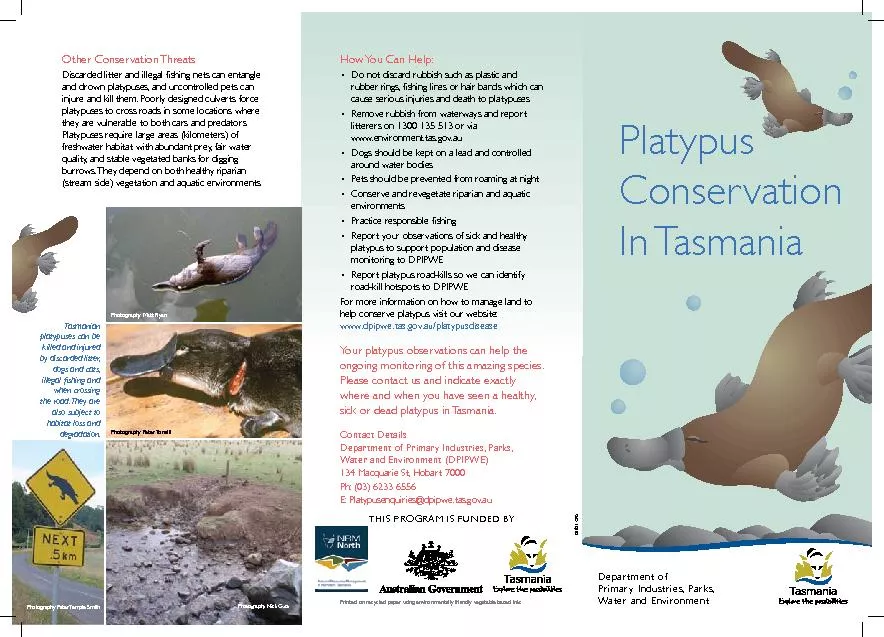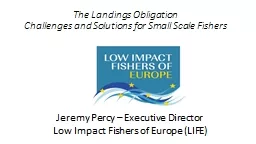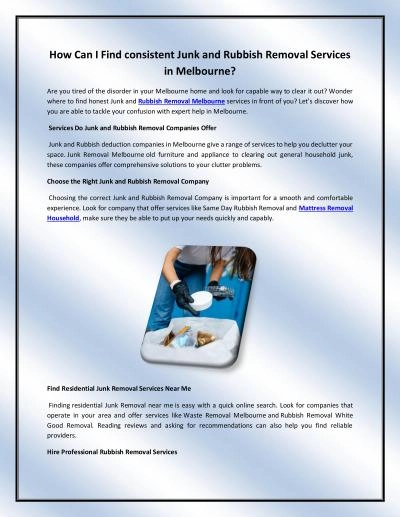PDF-ConservationIn TasmaniaHow You Can Help:Do not discard rubbish such as
Author : mitsue-stanley | Published Date : 2016-07-10
Tasmanian killed and injured by discarded litter dogs and cats when crossing the road They are degradation Photography Peter Temple SmithPhotography Nick GustPhotography
Presentation Embed Code
Download Presentation
Download Presentation The PPT/PDF document "ConservationIn TasmaniaHow You Can Help:..." is the property of its rightful owner. Permission is granted to download and print the materials on this website for personal, non-commercial use only, and to display it on your personal computer provided you do not modify the materials and that you retain all copyright notices contained in the materials. By downloading content from our website, you accept the terms of this agreement.
ConservationIn TasmaniaHow You Can Help:Do not discard rubbish such as: Transcript
Download Rules Of Document
"ConservationIn TasmaniaHow You Can Help:Do not discard rubbish such as"The content belongs to its owner. You may download and print it for personal use, without modification, and keep all copyright notices. By downloading, you agree to these terms.
Related Documents














